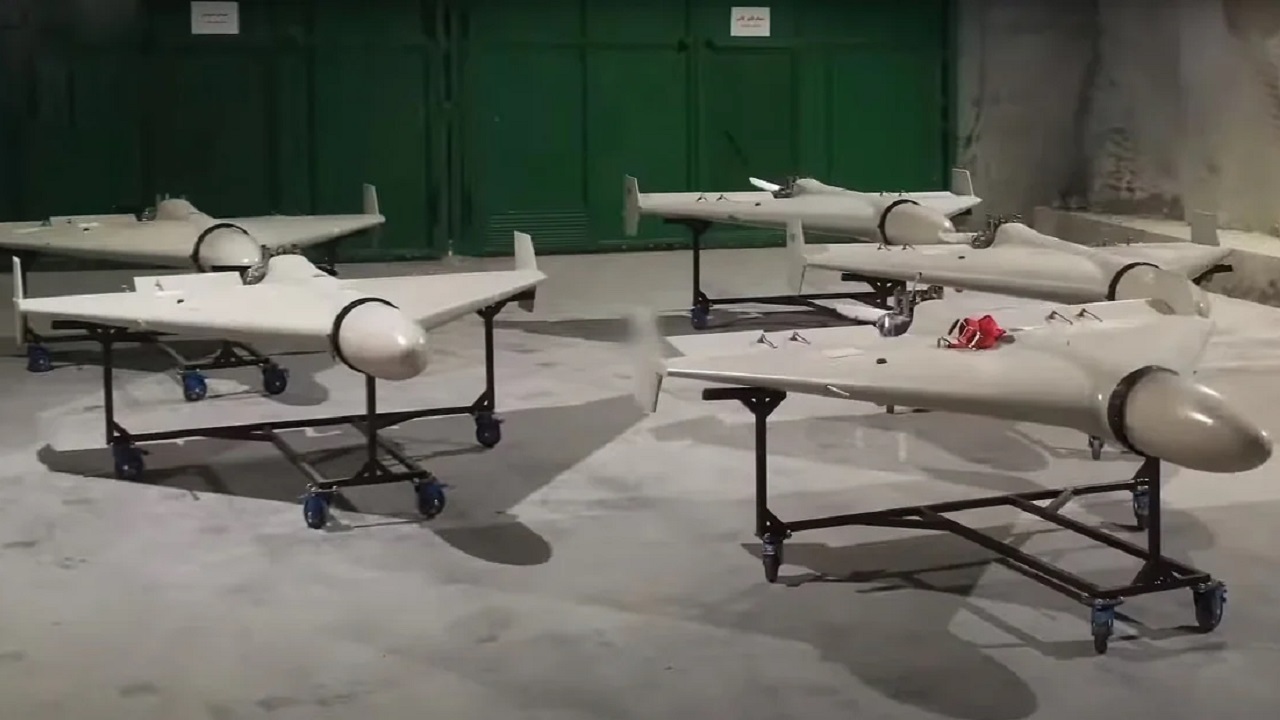The Rise of Kamikaze Drones in Conflict Zones
The use of drones in modern warfare has transformed military operations, with kamikaze drones—also known as loitering munitions—emerging as a significant advancement. These autonomous or remotely controlled aerial vehicles hover over target areas, identify threats, and strike with precision by self-destructing upon impact. Unlike traditional missiles, kamikaze drones combine surveillance and attack capabilities, making them highly effective in modern conflicts. However, their increasing use in war zones raises serious strategic, ethical, and security concerns.
Kamikaze drones are unmanned aerial vehicles (UAVs) equipped with an onboard warhead, functioning as both reconnaissance and strike weapons. Unlike conventional drones that launch missiles, these drones themselves act as weapons, crashing into targets to maximize damage. Inspired by World War II-era kamikaze tactics, modern versions eliminate the need for human pilots, making them cost-effective and expendable in combat.
One of the key reasons for their growing use is affordability. These drones are lightweight, inexpensive, and easy to deploy, allowing both militaries and non-state actors to utilize them efficiently. Compared to manned fighter jets, they require minimal logistical support and can be deployed in large numbers. Their high-precision strike capabilities help reduce collateral damage, making them ideal for urban warfare and counter-insurgency operations. Equipped with advanced guidance systems, they can track and eliminate enemy positions, vehicles, and radar systems with accuracy.
Another advantage is stealth. Many kamikaze drones are designed to evade radar detection, fly at low altitudes, and maneuver through complex terrains, making them effective even against strong air defense systems. However, their low cost and accessibility have led to their increasing use by non-state actors, insurgent groups, and terrorist organizations. In regions like the Middle East, Eastern Europe, and Africa, paramilitary groups have used these drones to target military bases, government buildings, and civilian infrastructure, posing a significant security challenge.
Several major conflicts have showcased the strategic importance of kamikaze drones. In the Russia-Ukraine war, both nations have employed Iranian-made Shahed drones and Ukrainian loitering munitions to strike military positions and infrastructure. During the 2020 Nagorno-Karabakh war, Azerbaijan effectively used Israeli-made Harop and Orbiter drones to neutralize Armenian air defenses and armored units, influencing the war’s outcome. In the Middle East, groups like the Houthis in Yemen and Hezbollah in Lebanon have used kamikaze drones to attack Saudi Arabian oil refineries, military bases, and urban centers, escalating security concerns.
Despite their advantages, kamikaze drones pose ethical and security risks. Errors in targeting or misidentification of threats can lead to civilian casualties and infrastructure damage. Their accessibility makes it easier for terrorist organizations to acquire and weaponize them, increasing global threats. Another major issue is the lack of accountability in drone warfare. Unlike manned aircraft strikes, drone operations often occur with little transparency, making it difficult to hold operators responsible for violations of international laws.
As technology advances, AI-powered kamikaze drones are expected to become more autonomous, reducing human control in combat. This raises concerns about unmanned warfare, where AI-driven drones may engage in conflicts without direct oversight. Nations are investing in counter-drone technologies, such as laser defense systems, electronic warfare tools, and anti-drone missiles, to mitigate these threats. However, the widespread adoption of kamikaze drones appears inevitable, as militaries worldwide continue to expand their drone arsenals and develop next-generation loitering munitions with improved AI, endurance, and stealth capabilities.
The rise of kamikaze drones has redefined warfare, offering cost-effective, precise, and stealthy attack options. While they provide strategic advantages, their growing use by terrorist organizations and rogue actors presents serious global security threats. The rapid advancements in drone technology demand stronger regulations, ethical considerations, and effective countermeasures to prevent misuse. As warfare evolves, kamikaze drones will undoubtedly play a pivotal role in shaping future battlefields.
.png)






http://Boyarka-Inform.com/
I think everything posted was very logical. However, what abut this? what if yyou composed a catchier title? I mean, I don't want to tell you hoow to run your website, but suppose you added something to possibly grabb a person's attention? I mean Flhmore Drokne iss a little boring. You could peek at Yahoo's front pag annd see how they write article headlines to grab viewers to open the links. You might try adding a video or a related picture or two to get people xcited about what you've got to say. In my opinion, it could make your blog a little bit more interesting. http://Boyarka-Inform.com/
boyarka-inform.com
You ought to take part in a contest for one of the most useful blogs online. I amm going to recommend this site! http://boyarka-inform.com/